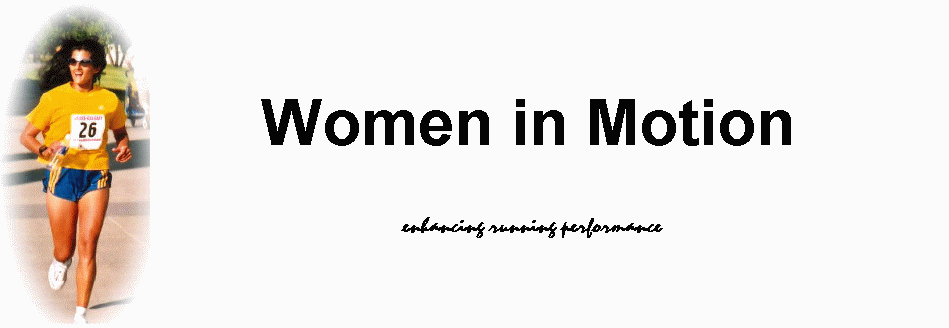| MENU |


A blood pressure
reading of 140/90 mmHg at two or more readings indicates elevated blood
pressure or hypertension. The first number the systolic pressure, is a
measurement of the pressure of blood against the artery walls during
the contraction phrase of the heart. The second number, diastolic
pressure, measures the pressure against the artery walls when the heart
is resting between beats.
Hypertensive
individuals have an increased risk of heart disease atherosclerosis (narrowing
of the arteries), arteriosclerosis
hardening of the arteries),
congestive heart failure, stroke, aortic aneurysm (a weakening in the
aorta wall that can lead to rupture), and left-ventricular hypertrophy
(enlargement of the heart). Research has shown that regular, moderate
exercise can reduce the systolic pressure by 13 points and the diastolic
pressure as much as 18 points. This fact makes it possible for a
person with mild hypertension to reduce their blood pressure to a normal
level or keep the susceptible individual from having elevated
blood pressure levels.
If you want to lower
your blood pressure, regular exercise will help you do this. The good part is
that you do not have to work out very hard to get positive
results. Low-intensity exercise such as brisk walking, low-impact
aerobic dance, cycling, or swimming will provide greater results than
high-intensity exercise
High blood pressure is
a hidden condition that often shows no signs
Routine examinations by
a physician are important for diagnosis of blood pressure problems. It is
important to have a physician's approval if you have high blood
pressure before you begin an exercise program. People with mild
hypertension will usually receive an okay from the doctor to begin an
aerobic exercise program. The focus for the aerobic activity needs to be
on endurance training and staying within the low end of your
target heart rate. This means staying within the 40 to 65 percent
range of your maximum heart rate Exercising three to
four times a week for one hour will get good results. If you have been
sedentary, begin with a 30-minute session gradually increasing the time
over a six-week period. Also, avoid strength training and exercises
that involve pushing or pulling. These kinds of exercises can cause
fluctuations in blood pressure. However with a physician's approval,
most low-resistance weight training can be added as your fitness level
improves.
A healthy lifestyle
will help to prevent, reduce, and control hypertension. The following are
some ways to a healthier way of living:
- Maintain a healthy
weight.
- Exercise on a regular
basis.
- Reduce sodium to 2.3
grams or less each day.
- Avoid appetite
suppressants, decongestants, and
nonsteroidal
anti-inflammatory medications.
- Reduce stress by
learning relaxation techniques.
- Reduce dietary fat
and cholesterol.
- Limit alcohol
consumption to less than one ounce daily.
- Stop
smoking.
Gord
- Women in Motion |
